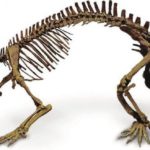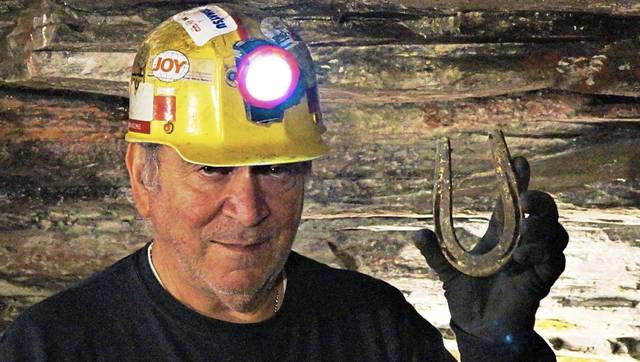Scientists don’t know much about the newly-dubbed “crazy beast” that roamed the world about 66 million years ago.
What they do know is thanks to a newly-discovered fossil in Madagascar and work from an international team of researchers that included John Wible, curator of mammals at Carnegie Museum of Natural History.
The beast was a mammal, roughly the size of an opossum and possibly weighing about 8 pounds. Researchers believe it had a very sensitive snout that was covered with whiskers, a very large hole on top of its snout which served an unknown purpose, and teeth unlike any other mammal, according to a study published in the journal Nature.
The research team — led by Denver Museum of Nature and Science senior curator of vertebrate paleontology David Krause — dubbed the creature Adalatherium. It’s a combination of “adala—” the word for “crazy” in the Madagascan language Malagasy, and “therium,” the Greek word for beast.
Adalatherium was part of an extinct group of mammals called gondwanatherians, according to Carnegie Museum of Natural History. These creatures lived on the Gondwana supercontinent, which eventually split into Antarctica, South America, Africa, Australia, India and Arabia.
Scientists had very few fossils of gondawanatherian mammals — only a cranium and a few teeth, according to Nature. The Adalatherium fossil was nearly complete, representing an “unprecedented opportunity to reconstruct the anatomy and lifeway of a gondwanatherian and to place it on the mammal tree of life,” Wible said in a statement.
That’s what he did as part of the research team, using his expertise on living and extinct mammals to help classify the “crazy beast” on the tree of life.











